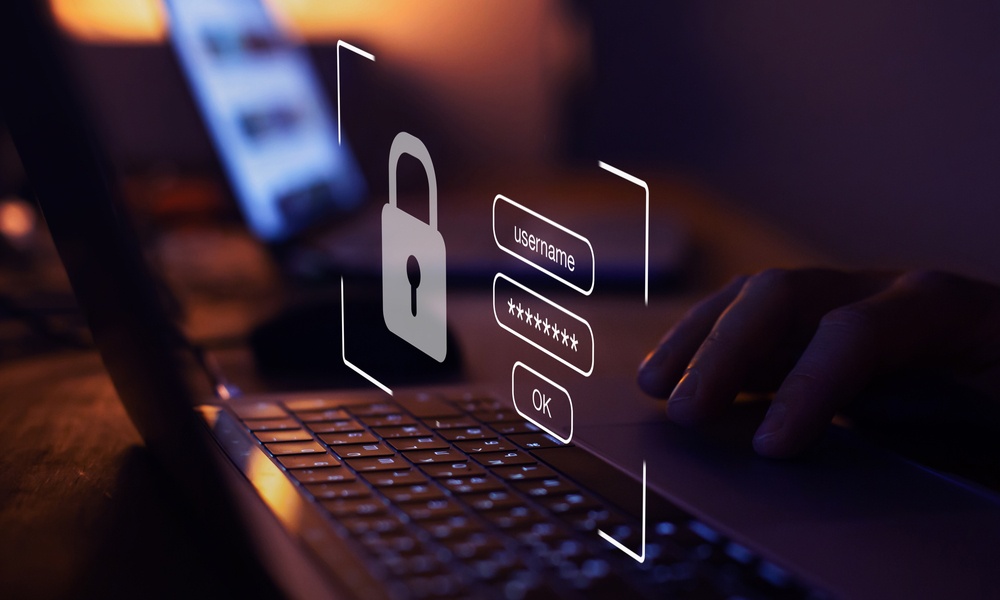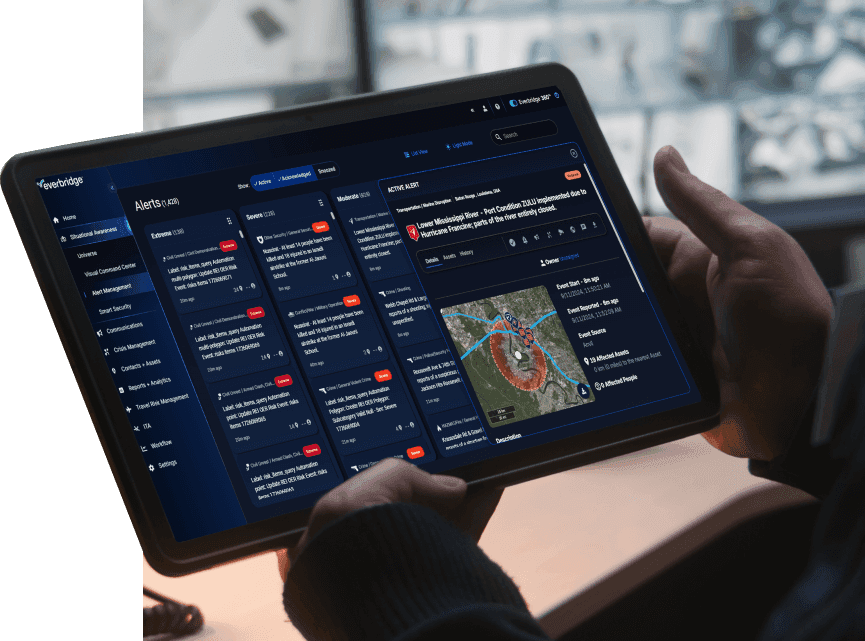Cyber breaches are a constantly evolving combination of threats and security concerns that can put organizations in turmoil. They require not only technical expertise but also strategic stakeholder management. From high-profile breaches like Sony’s network compromise to the ransomware attack on a hospital demanding $1.5 million, organizations face an ever-increasing threat landscape. Understanding how to manage stakeholders during a cyber-attack and adopting evolving strategies for breach detection are crucial for maintaining resilience.
The critical role of stakeholder management in cyber-attacks
Effective management during a cyber-attack starts with a well-defined response plan. Recognizing potential threats and understanding their impact is foundational. From service disruptions to data breaches, such as TalkTalk’s customer data leak, the repercussions can be severe. It’s essential to have a plan that operates 24/7, as attacks often occur outside regular business hours. Key components include:
- IT security and incident teams: these are the frontline defenders. Ensure you have a dedicated team ready to address breaches and coordinate responses.
- Legal counsel: engage legal advisors to manage compliance and potential liabilities if sensitive data is compromised.
- Stakeholders: identify and communicate with all relevant parties, such as marketing, customer service, and employees, to ensure consistent messaging and support during an incident.
Developing a communications plan is also critical. Steps include triaging information to stakeholders, informing them through secure channels, managing ongoing updates, and regularly rehearsing these processes to ensure preparedness.
Shifting strategies: from prevention to detection
The landscape of cybersecurity risk management is evolving. While prevention remains a priority, the focus has increasingly shifted towards detection. This shift acknowledges the sophistication of modern threats and the inevitability of breaches. Key strategies include:
- Automation: leveraging automated tools for monitoring and incident management can significantly enhance detection capabilities. Automation helps in quickly identifying threats and reduces the impact on operations.
- Threat intelligence: organizations should utilize advanced threat intelligence to anticipate risks and integrate this data into automated systems for improved resilience.
- Industry collaboration: joining industry groups and staying informed about local and global cybercrime trends can help organizations stay ahead of potential threats.
Preparing for the future
Embracing these strategies ensures organizations are better equipped to handle cyber threats. Begin by evaluating the automation tools necessary for your organization’s needs and considering the return on investment for implementing these technologies.
For over two decades, Everbridge has been at the forefront of critical event management, helping businesses enhance their cybersecurity defenses. To understand more about achieving cyber resilience, watch our latest webinar on strengthening your cyber defenses:


